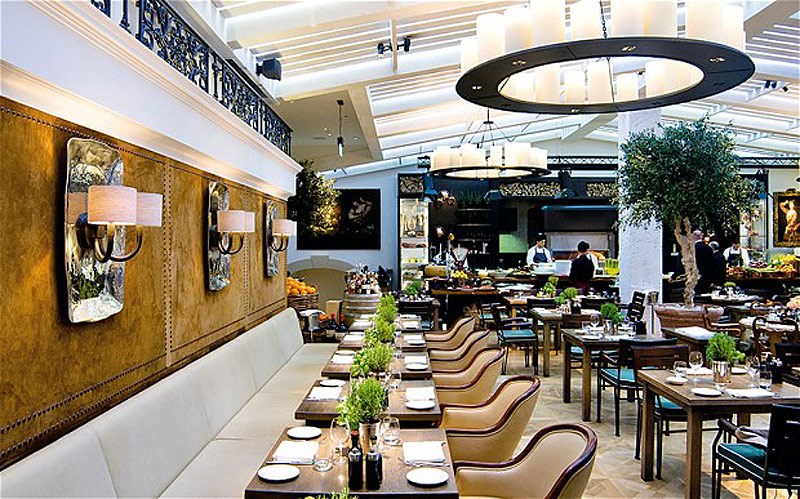Restaurant Furniture: What Do You Need to Look for?
Whether you are planning to open a brand-new restaurant, or revitalize an old establishment, the furniture is one of the most important elements in both situations. A restaurant at its core is an establishment where people come to eat, drink and relax, but depending on the place’s theme, the way in which all those three are delivered, will vary. For example, relaxation in a sports bar doesn’t mean the same thing as it does in a place for fine dining. So, how should you determine what kind of furniture would be right for your establishment? The following tips should help you figure things out.
Lighting
One of the things that can make or break a business is lighting. If it’s too dim, details don’t pop, and people generally feel uncomfortable. When lighting up a restaurant you want to select lighting that brings out space and may even bring a bit of pizazz to complement the aesthetics. Lighting needs to be sufficient, not too much or too little, but also not too much. Don’t go through all the efforts of bringing charm only to have it go unnoticed.
Matching the Furniture with the Theme
Not every restaurant needs to have a pronounced theme, but even when you don’t, all establishments give off a vibe of their own, which is largely due to the choice of the décor. Whether you have a dedicated theme or not, it is necessary to make the furniture a part of the interior decoration, rather than an afterthought. Plan the furniture at the same time as when you are planning for the rest of the décor, because if it is indeed an afterthought, it will in most cases, look out of place.
Comfort Over Everything Else
It doesn’t matter how fancy a restaurant’s decor is, people will subconsciously avoid the place if they did not feel comfortable while sitting there the last time they visited. Buy restaurant chairs that are comfortable, durable and of high quality above all else. Make sure that the tables are neither too high, or too low and are appropriately sized for the number of people they are supposed to serve, because a cramped table is automatically uncomfortable.
The Magic of Proportions
Even the biggest of restaurants can look cramped and uncomfortable, while a small but well-planned place can look spacious and inviting. A lot of owners take the route of cramping tables too close to each other, in order to let more people in. This is seen as a sign that the restaurant values money more than its customers’ comfort and privacy. Buy chairs, tables and other furniture that are suitably sized for your establishment. Do not leave it to guesswork or chance, but take measurements, plan the floor and then buy the furniture accordingly.
Include More than One Type of Seating
Two chairs with a table in-between is fine for an evening of coffee with a friend, but if you have the space, you also need to incorporate a lounge where groups can relax, chat and spend good, long hours at your restaurant. Bar stools work well for people without company with them and the list goes on. Think well and hard about the kind of customers your restaurant would attract and then arrange for the types of seating that would appeal to them the most. In any situation though, there should be a variety of seating arrangements for both functional and aesthetic purposes.
These are of course, only general guidelines, but they hold true in almost every restaurant situation nonetheless. Just customize the tips according to your establishment’s own specific needs, while planning for and buying the furniture.



